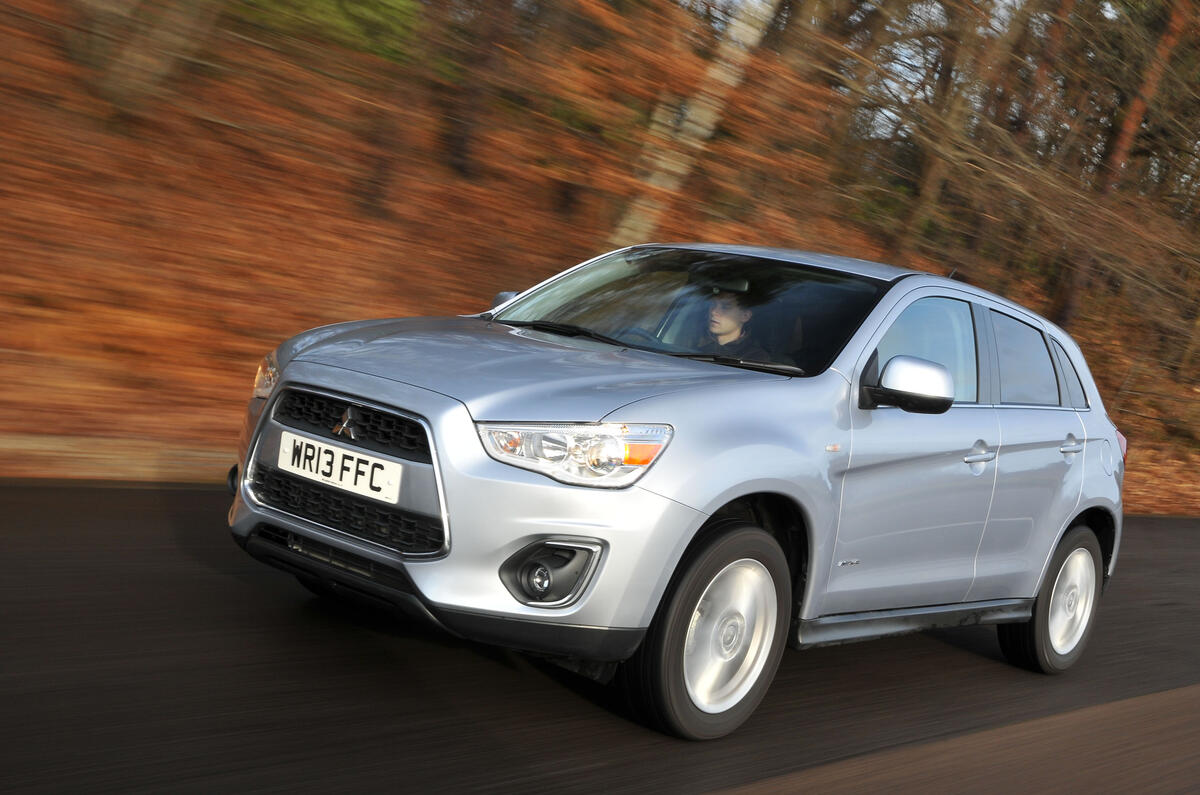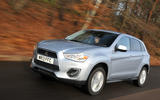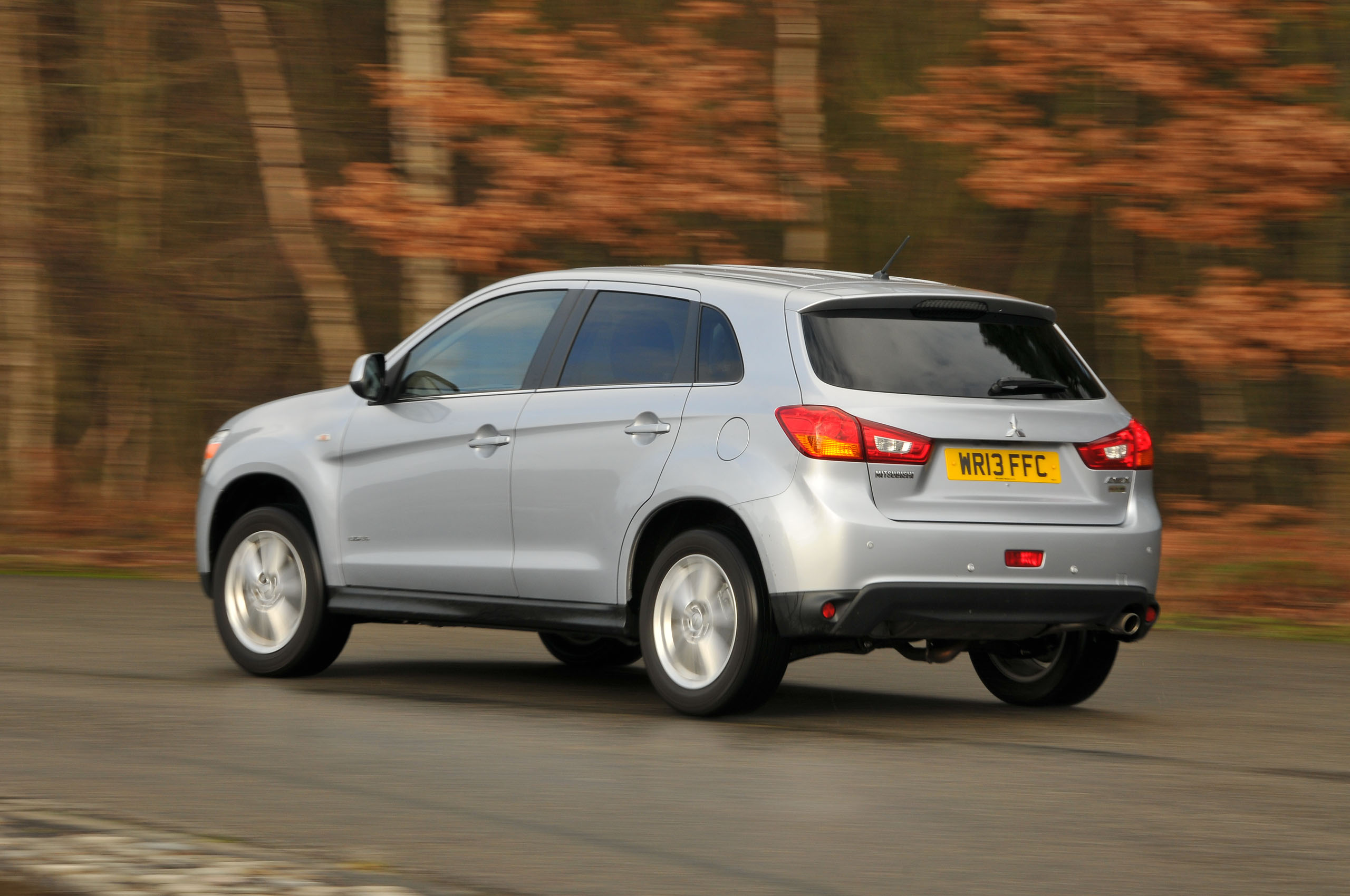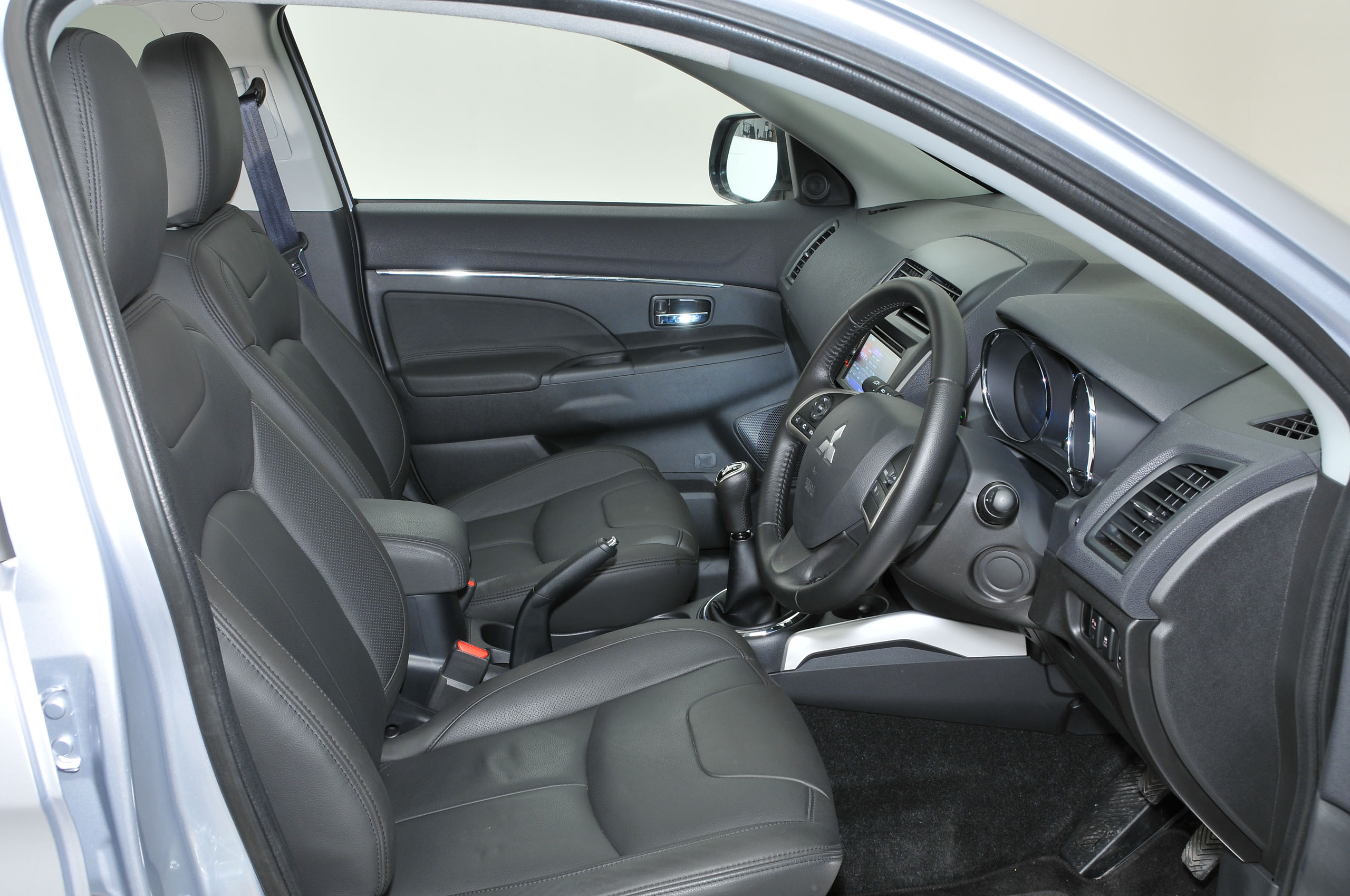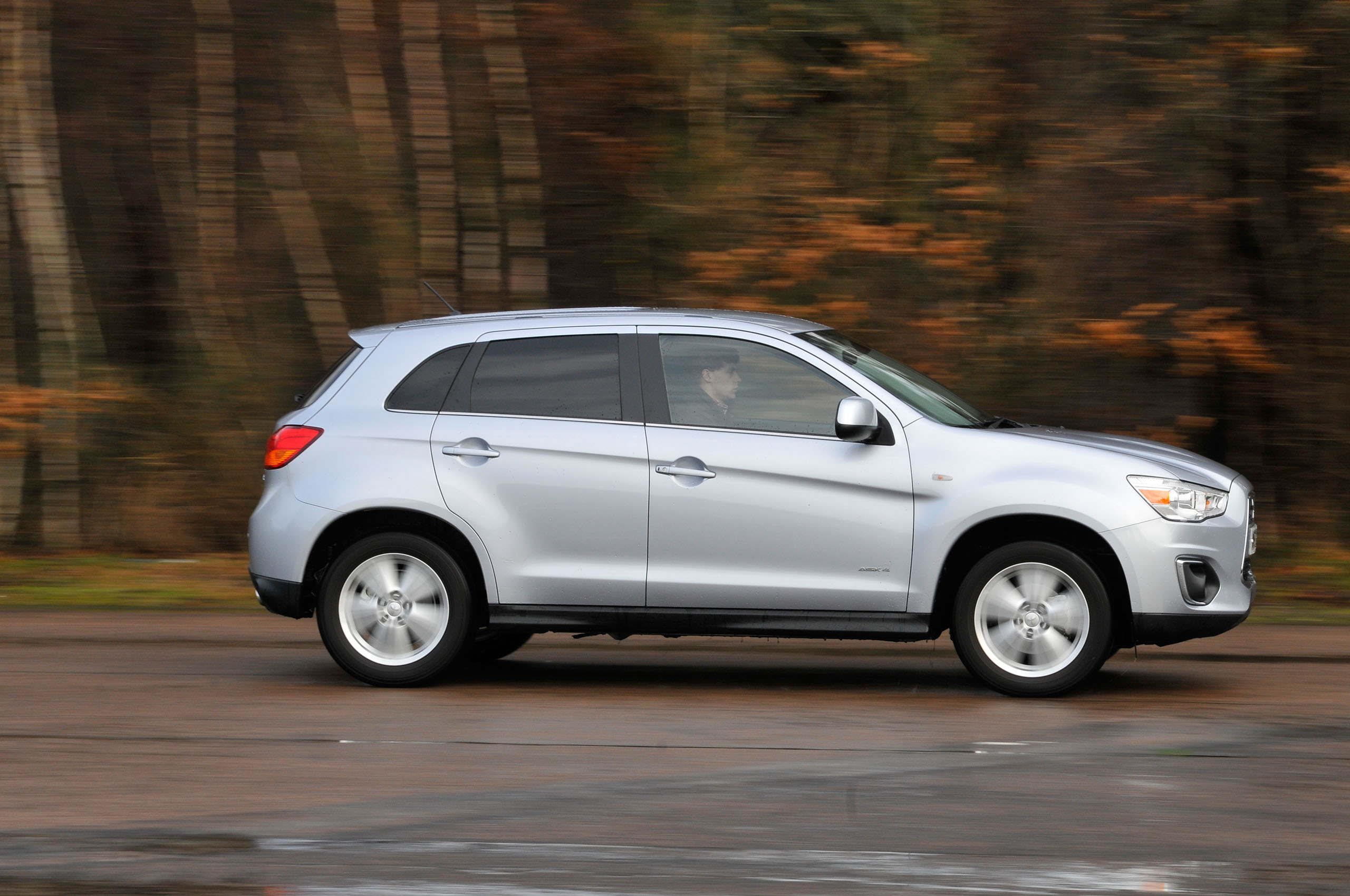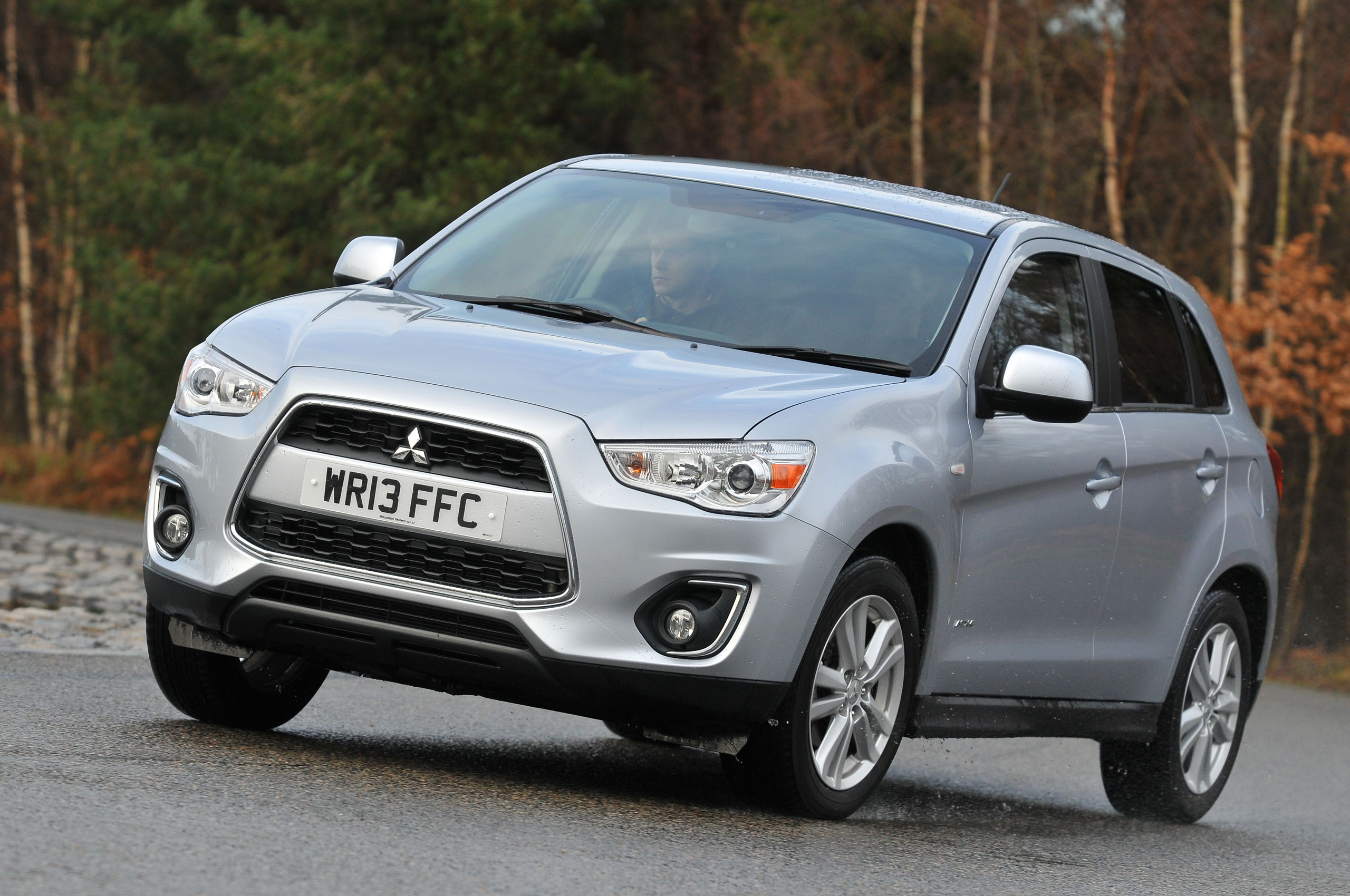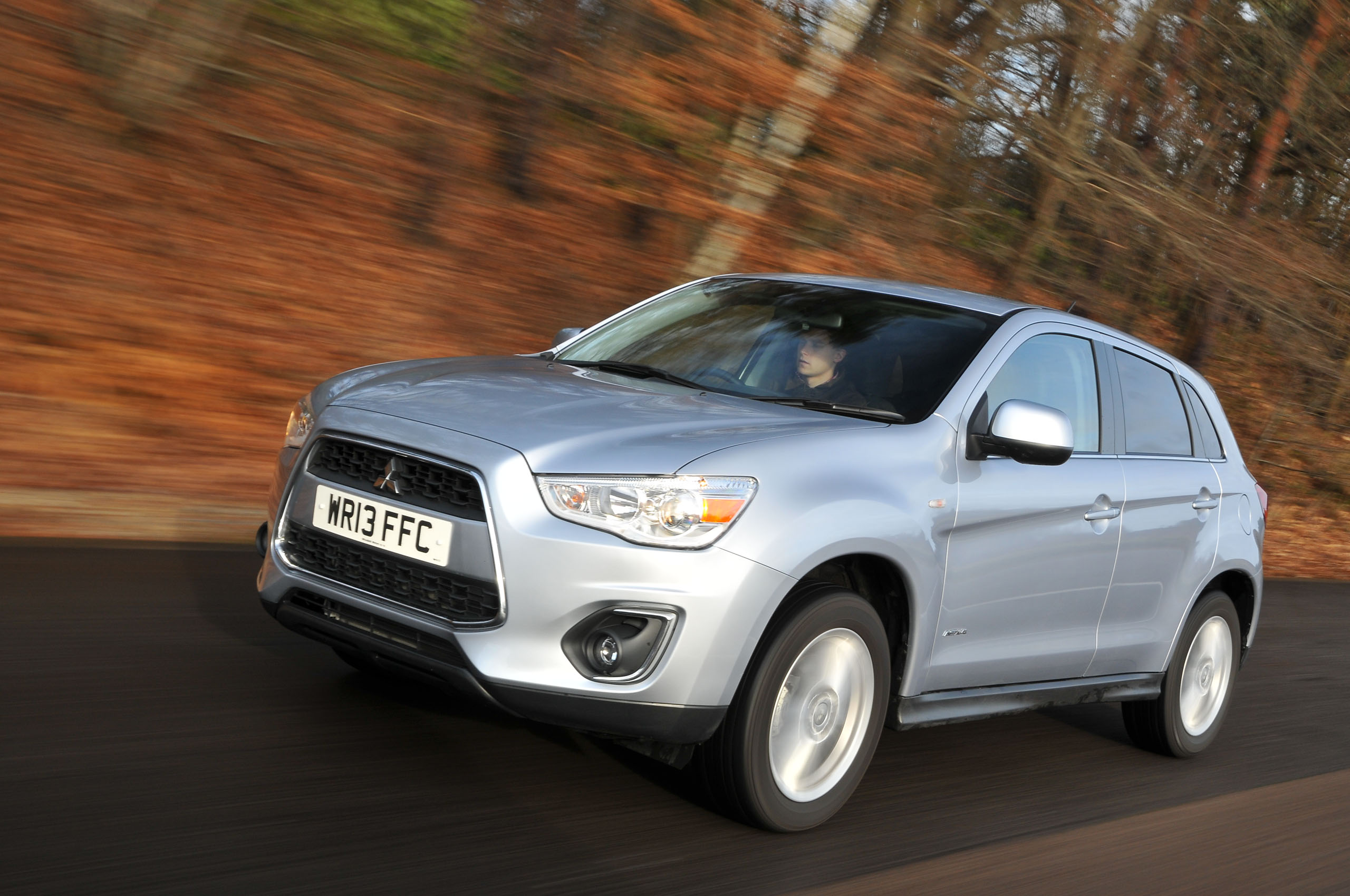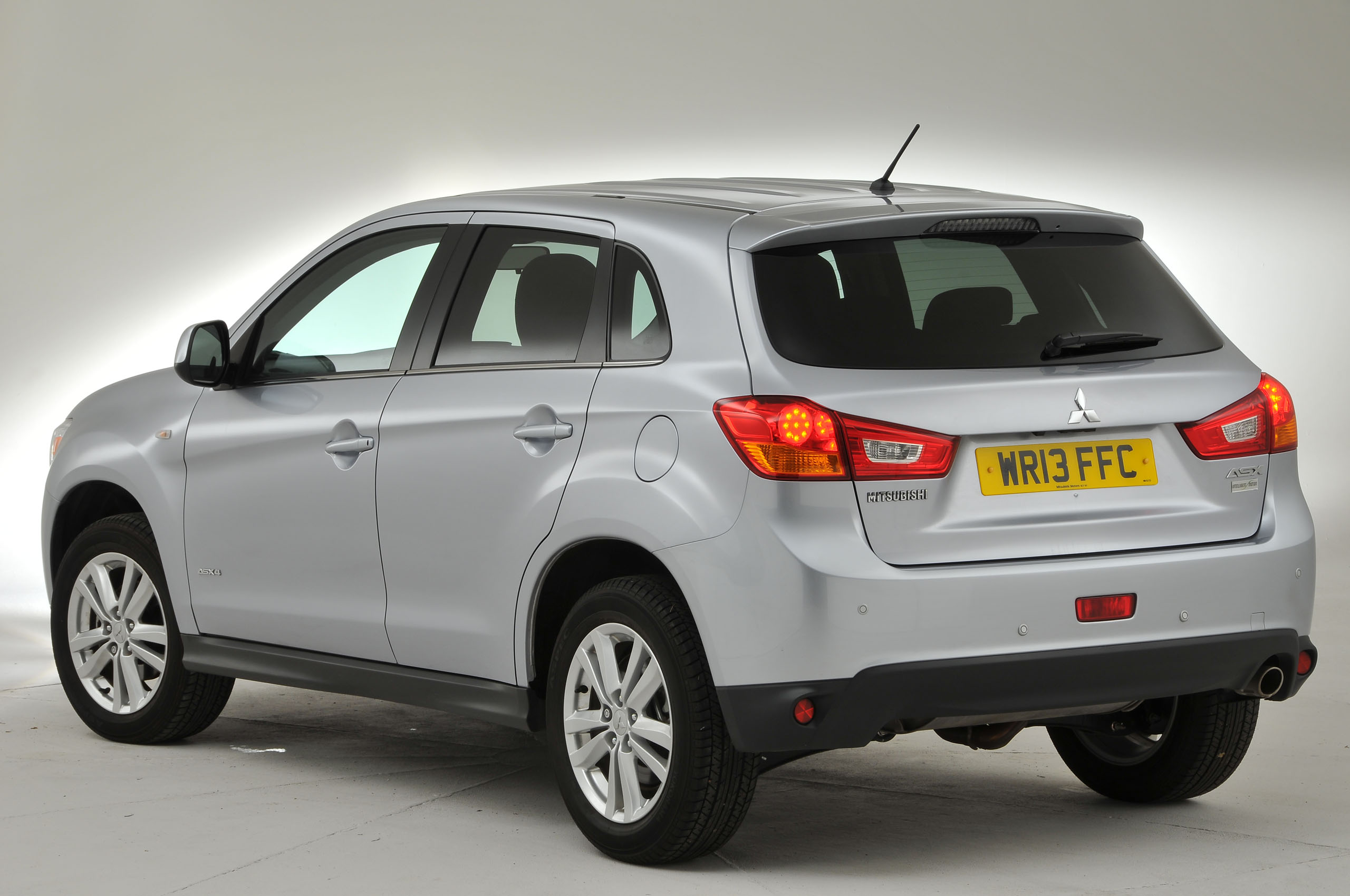The Mitsubishi ASX was previewed as the Concept-cX at the Frankfurt motor show in 2007 and many of that concept’s styling details made the transition to the production car.
Although Mitsubishi has a long history of SUVs, this is the first time it has produced one that can be classed as a crossover, having smaller, hatchback-like dimensions.
Building the ASX was a simple decision for Mitsubishi. The compact SUV sector is one of the most profitable and Mitsubishi has a decent heritage in value-led utility vehicles, so the firm would have been foolish not to capitalise on it with a car like this. The ASX represents more than an obvious business decision, though.
The front-wheel drive 1.8-litre diesel was thought to be the most popular variant in the UK although it was ultimately replaced in 2013 by a 2.2-litre diesel, while four-wheel drive and a 1.6-litre petrol are also offered. The ASX came previously in levels 2, 3 or 4 – what happened to level 1 is anybody’s guess – but now the range has been changed to ZC, ZC-M, ZC-H and 5.
Not for the first time, Mitsubishi has brought an entirely new technology to the passenger car market.
The 1.8 DiD engine tested here is the first turbodiesel motor outside of the commercial vehicle world to get variable valve timing. Common on modern petrol units, variable valve timing gives this new engine the performance of a 2.0-litre with the economy and emissions of a smaller unit, according to Mitsubishi.


